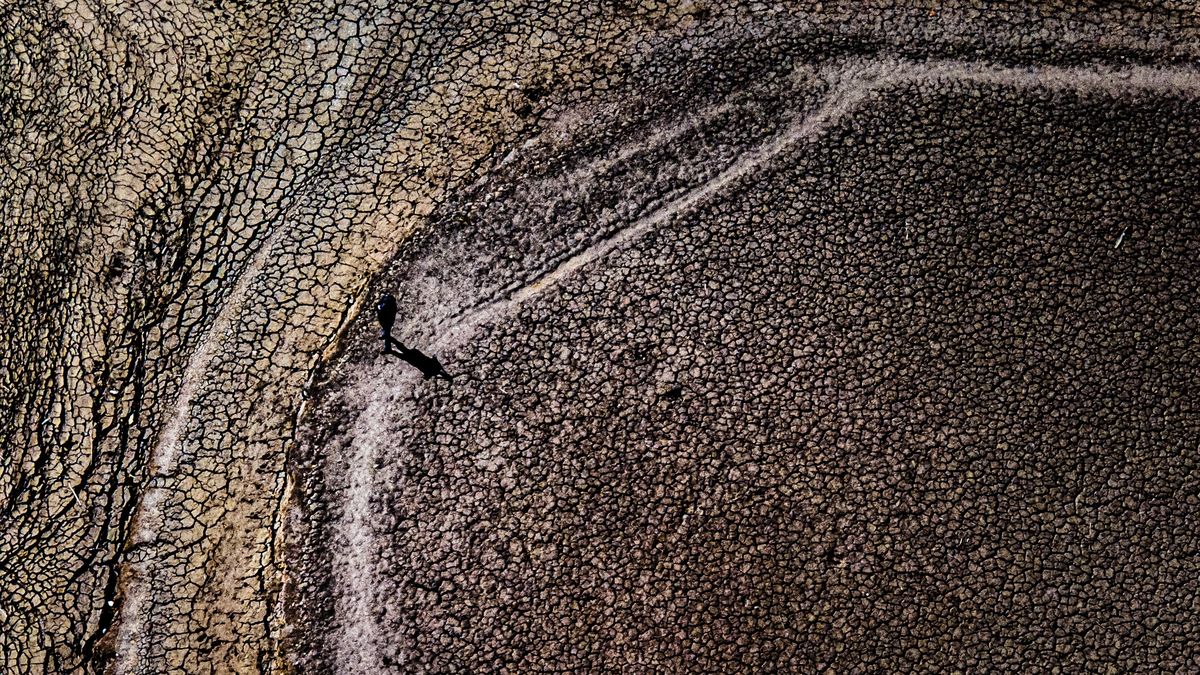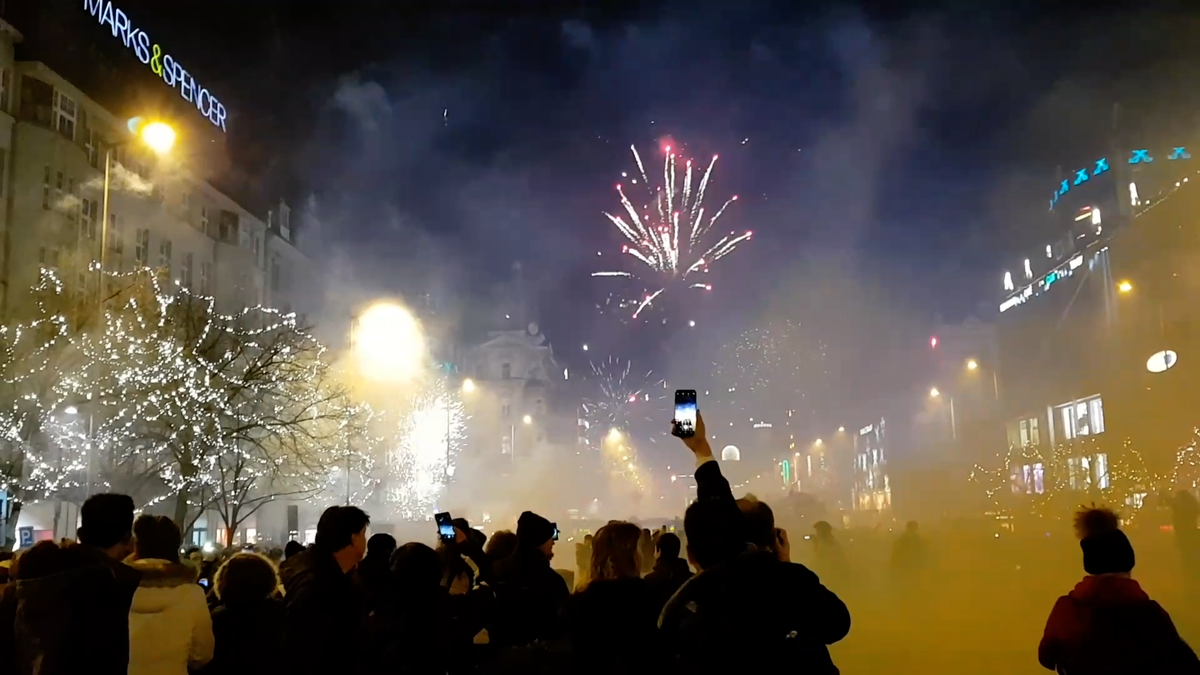In the 5th volume series, filmed for Seznam Zprávy by renowned green energy promoter Jan Staněk, this time we will leave our family homes and see Europe’s largest photovoltaic technology exhibition, InterSolar, in Munich. In addition to future photovoltaic panels, Jan Staněk and Jan Krčmář of the Solar Association will show us solar roof tiles, photovoltaic facade panels or panels intended to be placed on the surface of the water. Jan Krčmář will also explain to us the concept of agrovoltaics, and with him we will glimpse the future of battery storage.
Photovoltaics in architecture
“Bifacial panels, which are most often placed on the ground, can also use light reflected from the ground, actually from the other side. It’s not just the ones that hit the panels directly,” says Jan Krčmář. For example, he also shows panels for glass ceilings, which can let a lot of light into the interior. Therefore, architects like to use them directly in building construction, and you can see it in practice, for example, at the train station in Rotterdam.
It belongs to the group denoted by the abbreviation BIFV (building integrated photovoltaic), such as facade panels made of tempered glass. Today, glass facades are widely used in world capitals and, thanks to their large surface area, glass facades can generate quite a lot of electricity. At the same time, they were still able to let light into the building.
ElectroDad
- Jan Staněk is well known as a proponent of electromobility and sustainable energy in a wider context. The Brno BUT graduate previously worked for eBanka, worked as an IT consultant at Deloitte, and later represented Moravia IT in China.
- Currently, he heads Purple Ventures, a company that focuses on investing in startups. His video channel ElectroDad, where he explains the problem of transitioning households to sustainable energy in an entertaining and informative way, is watched by more than 25,000 subscribers on YouTube and Stream.cz. Especially for Seznam Zprávy, apart from Seznam’s business partner, Jan Staněk made a series of ten videos on the topic Home photovoltaic.
Black is optional
Photovoltaic panels don’t just have to be black as most people think. Yes, the black one is the most efficient in generating electricity. However, the manufacturer’s statistics show that the demand for other color panels is steadily increasing. “Blue, gray, green and even yellow… There are so many choices, so the color of the panels can be chosen according to the color of the roof, facade and so on. Its effectiveness, if we choose a color other than black, does not decrease as dramatically as expected.
While the black panel is around 210 watts per square meter, the efficiency of the yellow panel drops to around 140 W/m2. “Efficiency logically decreases with increasing panel surface brightness,” explains Krčmář.
Photovoltaic panels don’t even have to be straight, surface curvature is no longer a big problem for manufacturers. And if we combine light transmission with curvature, we can easily have photovoltaic in a car with an electric motor. “It’s possible,” Jan Krmář confirmed. Nowadays, it is possible to hide photovoltaic cells basically even in foil, which can be placed completely anywhere. But it’s not very effective and still expensive.
Arguments about low efficiency and high acquisition costs are no longer valid thanks to developments and innovations. “Come and see InterSolar, you might change your mind,” suggested Jan Krčmář, executive director of the Solar Association, and with him, Jan Staněk from ElectroDad. In Western Europe, photovoltaic is already “running” at full speed. We should also try to jump onto the still moving train. So that he doesn’t run away from us.
Video series about home photovoltaic

“Certified bacon geek. Evil social media fanatic. Music practitioner. Communicator.”







